40 year old Coast Redwood
A 30 year old Azalea
A bonsai is created beginning with a specimen of source material. This may be a cutting, seedling, or small tree of a species suitable for bonsai development. Bonsai can be created from nearly any perennial woody-stemmed tree or shrub species.Over 40 year old Chinese Banyan
A 30 year old Hibiscus
A type of bonsai designed to mimic a forest.
Another dazzlling Azalea
A lilac that has both looks and a lovely scent
Cascade style of bonsai
Root over rock style
A Japanese Maple that is about 100 years old (across seasons)
60 year old Crabapple Tree
The practice of bonsai is sometimes confused with dwarfing, but dwarfing generally refers to research, discovery, or creation of plant cultivars that are permanent, genetic miniatures of existing species. Bonsai does not require genetically dwarfed trees, but rather depends on growing small trees from regular stock and seeds. Bonsai uses cultivation techniques like pruning, root reduction, potting, defoliation, and grafting to produce small trees that mimic the shape and style of mature, full-size trees.25 year old Cherry Tree
Trident maple with exposed roots
Over 50 year old Atlas Cedar
Cherry Blossom in full bloom
A Bald Cypress
Wisteria bonsais
One of the oldest bonsai trees in history, this is a Japanese White Pine, and its conjectured that its birthday was in 1625, almost 400 years ago.
Branch and leaf (or needle) growth in trees is also of a larger scale in nature. Wild trees typically grow 5 meters or taller when mature, whereas the largest bonsai rarely exceed 1 meter and most specimens are significantly smaller. These size differences affect maturation, transpiration, nutrition, pest resistance, and many other aspects of tree biology. Maintaining the long-term health of a tree in a container requires some specialized care techniques.
Bonsai during winter
Bonsai during fall
One more Azalea - Probably my favorite.
Thanks & Keep Smiling,Manjri Sharma.
Join me on my Mailing list - 'mShares' on Google Groups
--
We are also on Face Book, Click on Like to jois us
FB Page: https://www.facebook.com/pages/Hyderabad-Masti/335077553211328
FB Group: https://www.facebook.com/groups/hydmasti/
https://groups.google.com/d/msg/hyd-masti/GO9LYiFoudM/TKqvCCq2EbMJ
---
You received this message because you are subscribed to the Google Groups "Hyderabad Masti" group.
To unsubscribe from this group and stop receiving emails from it, send an email to hyd-masti+unsubscribe@googlegroups.com.
For more options, visit https://groups.google.com/d/optout.
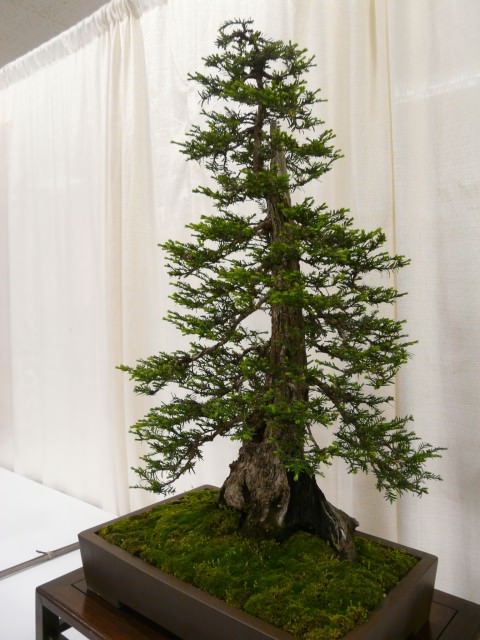
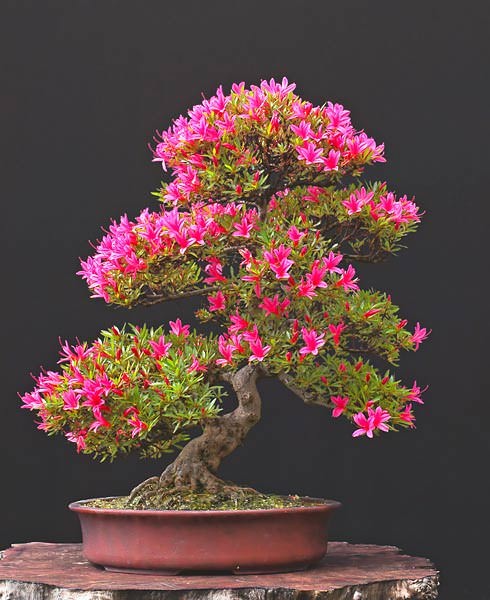
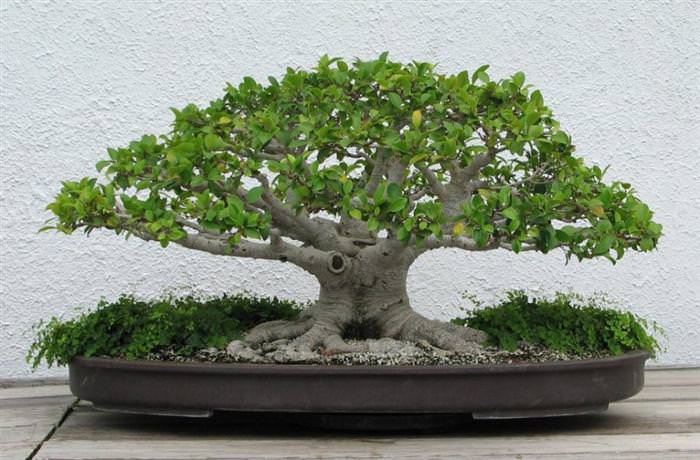
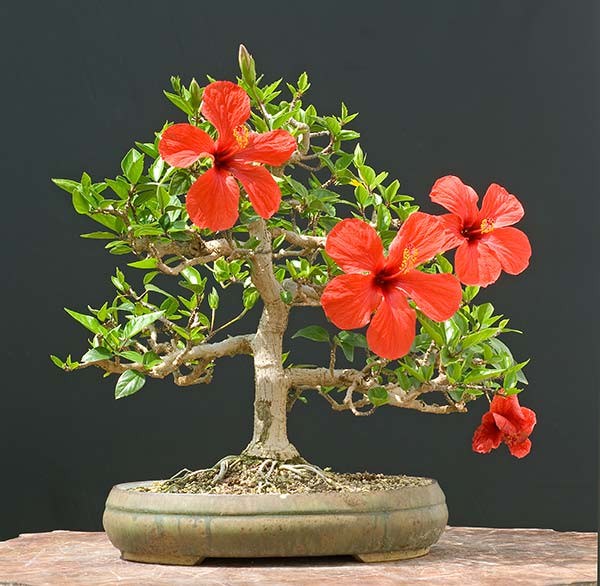
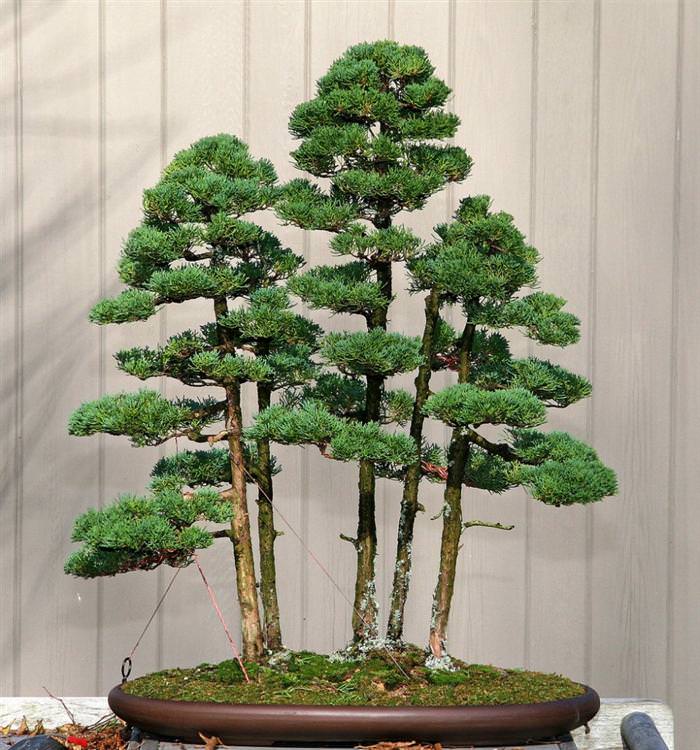

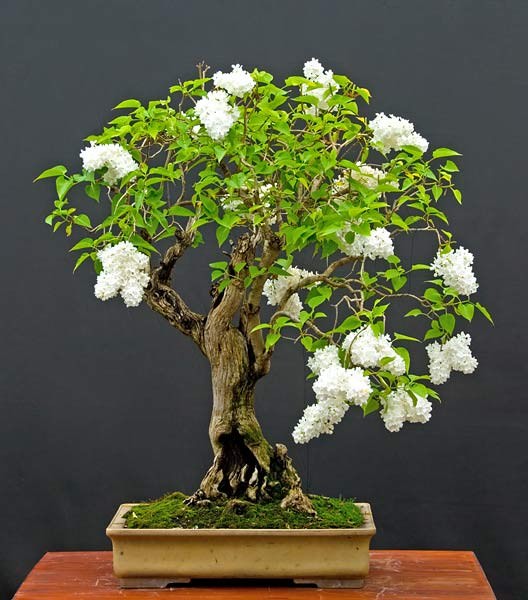
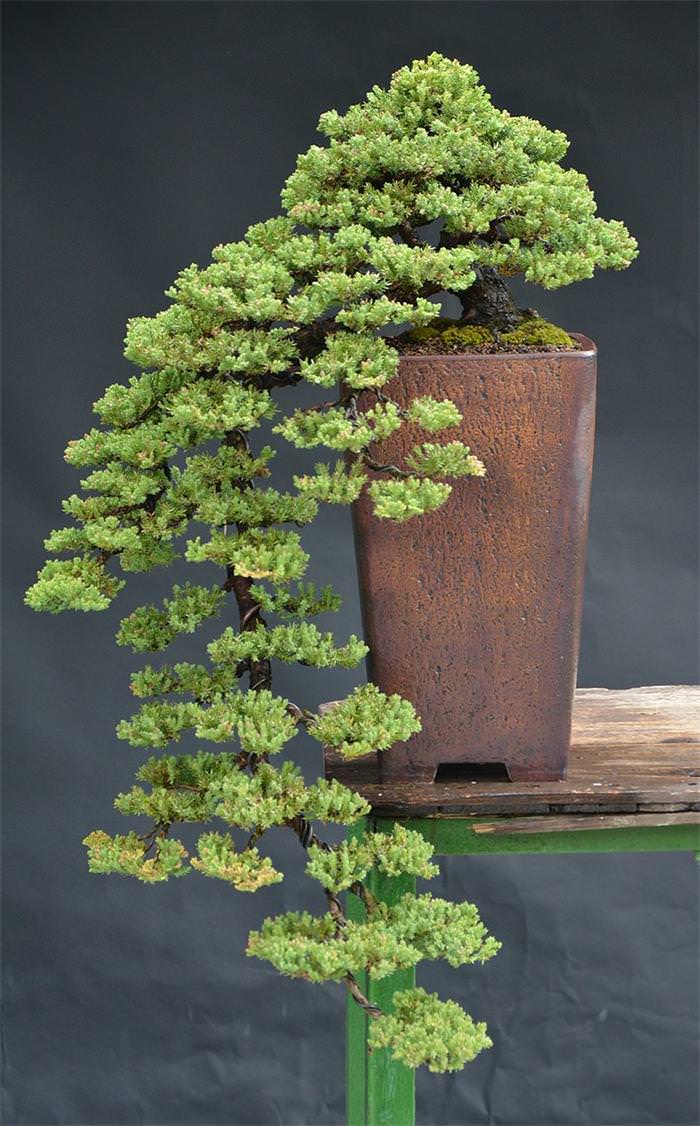
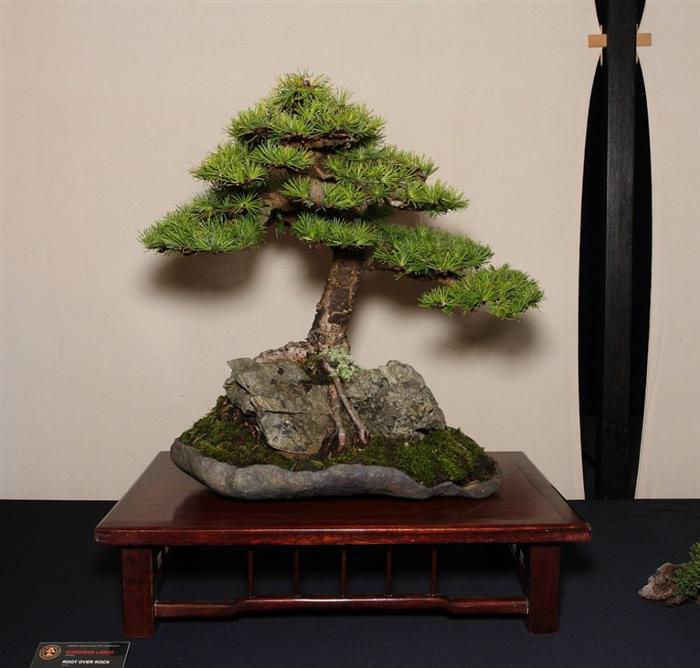
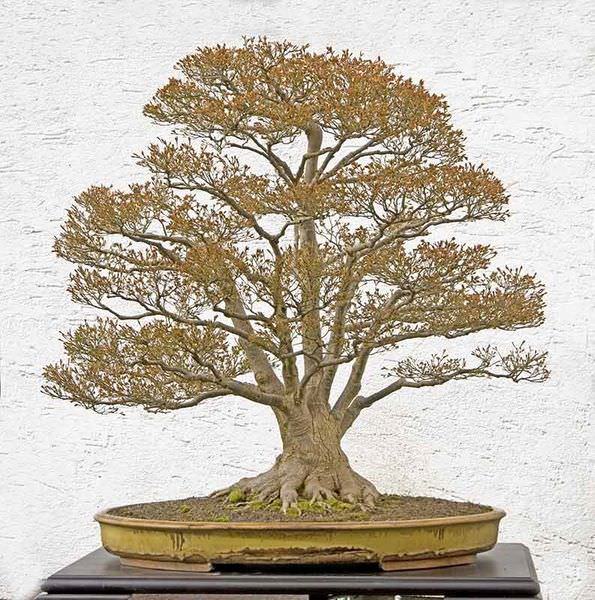
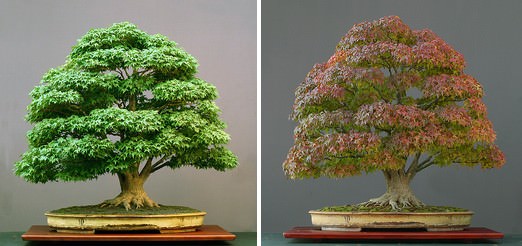
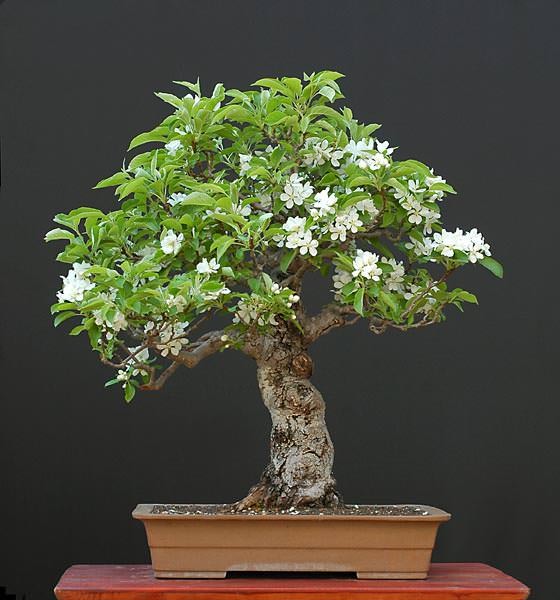
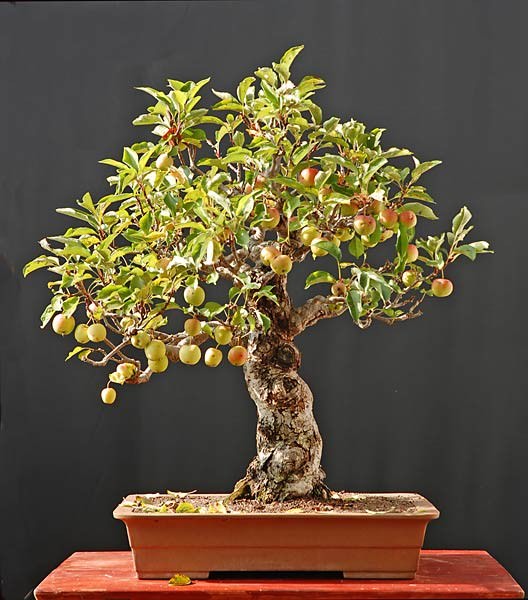

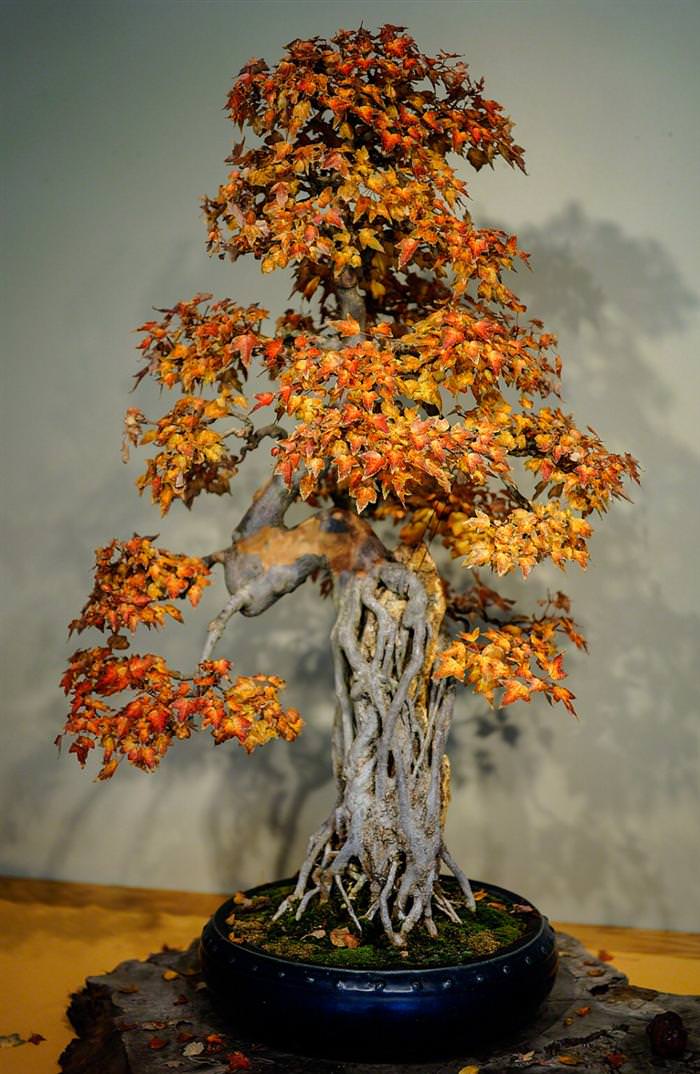
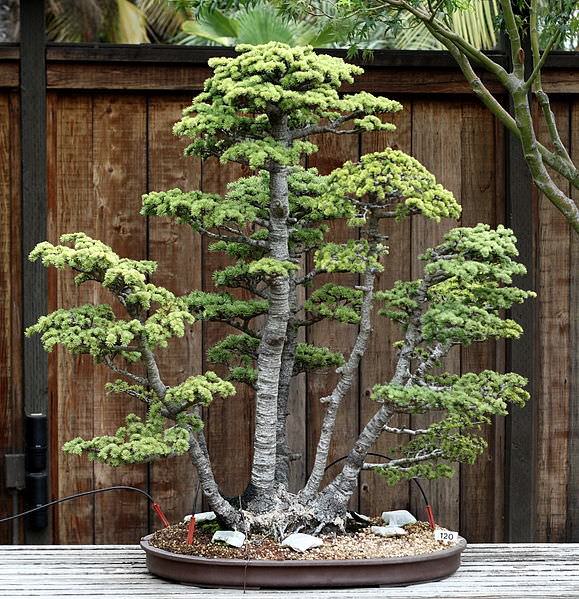
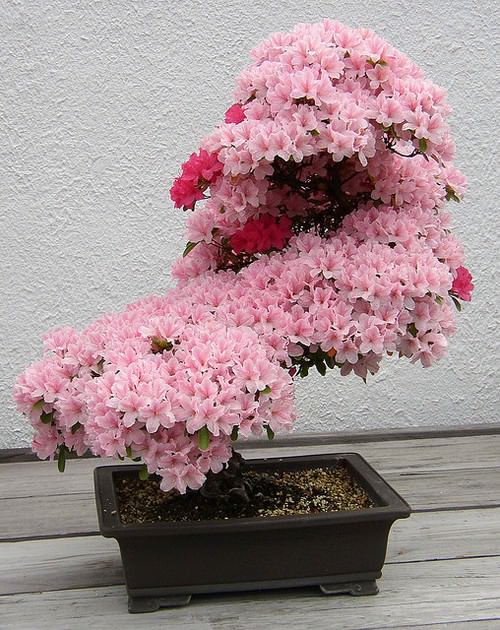
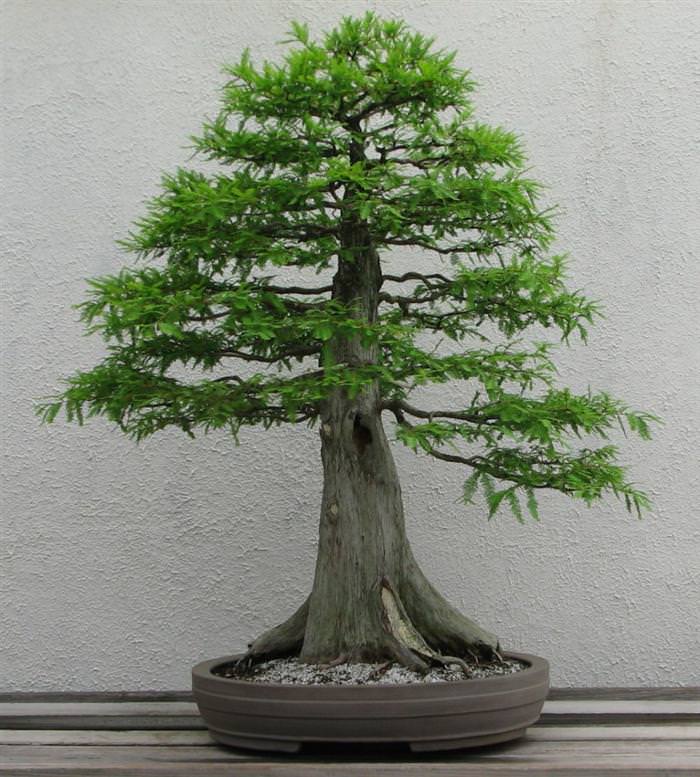
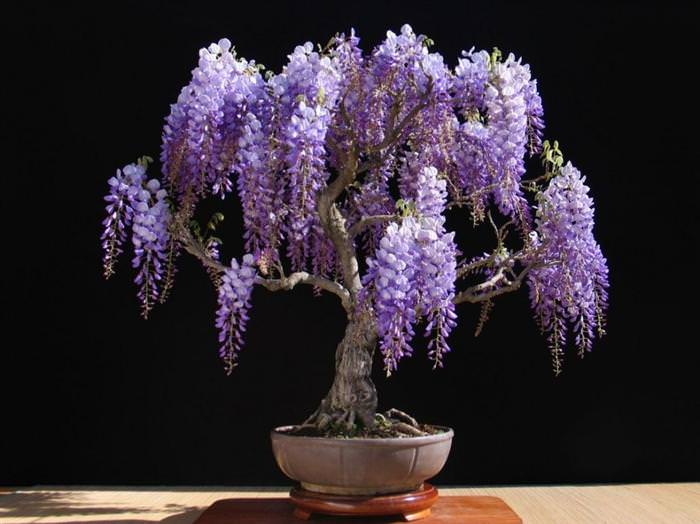

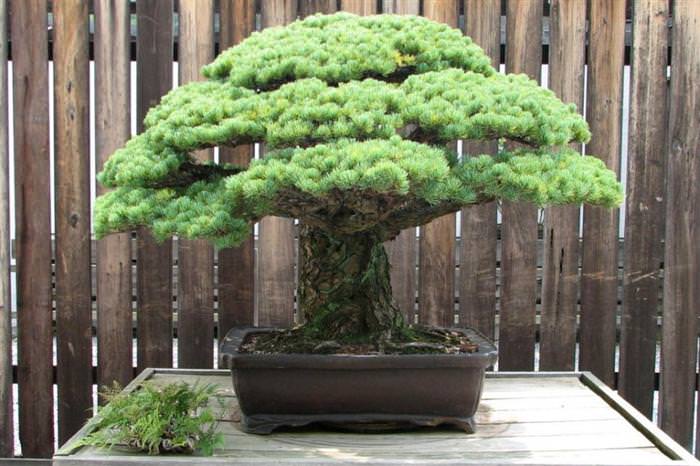

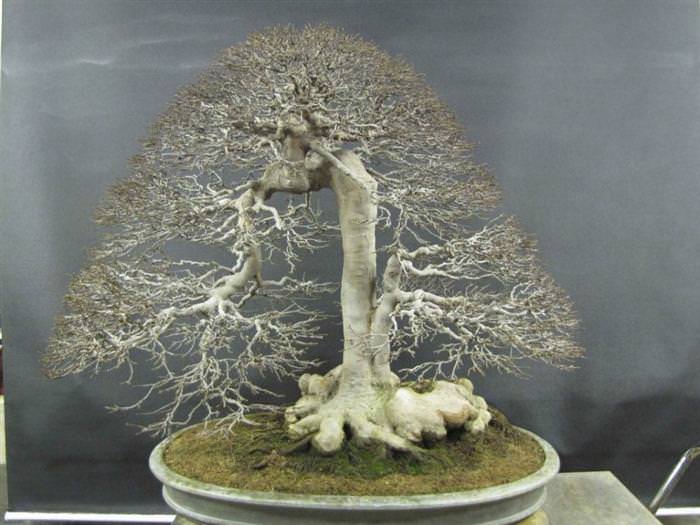
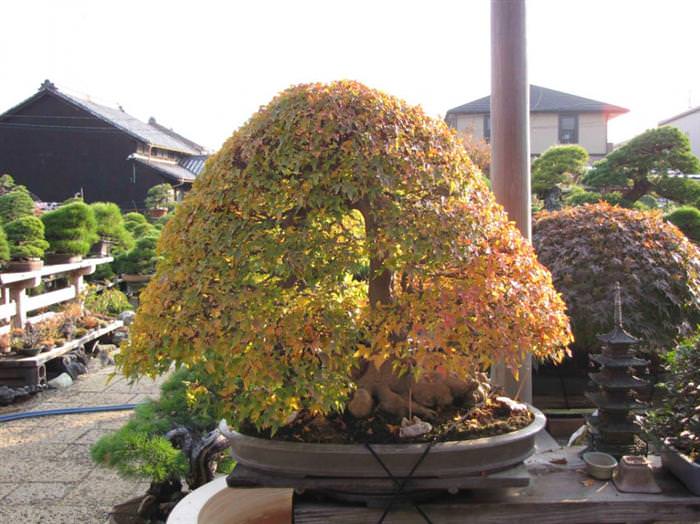
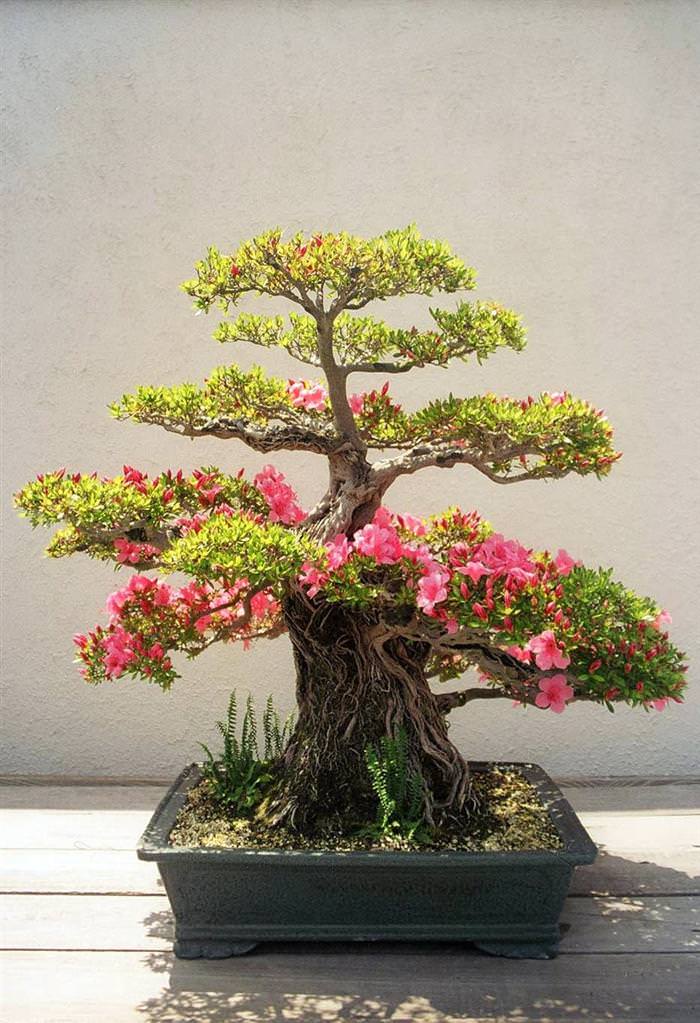
No comments:
Post a Comment